Secluded New Zealand Waterfall Doubles as a Playground For Young Seals

The picturesque Ohau Waterfall on New Zealand’s Kaikoura coast is the only waterfall in the world that doubles as a seal creche, a place where the young marine mammals can play and socialize without having to worry about predators. Ohau is a 15-meter-high horsetail waterfall (the water maintains contact with the bedrock as it falls). […]
Fish With 555 Sharp Teeth Loses 20 of Them Every Day, Grows Them Right Back
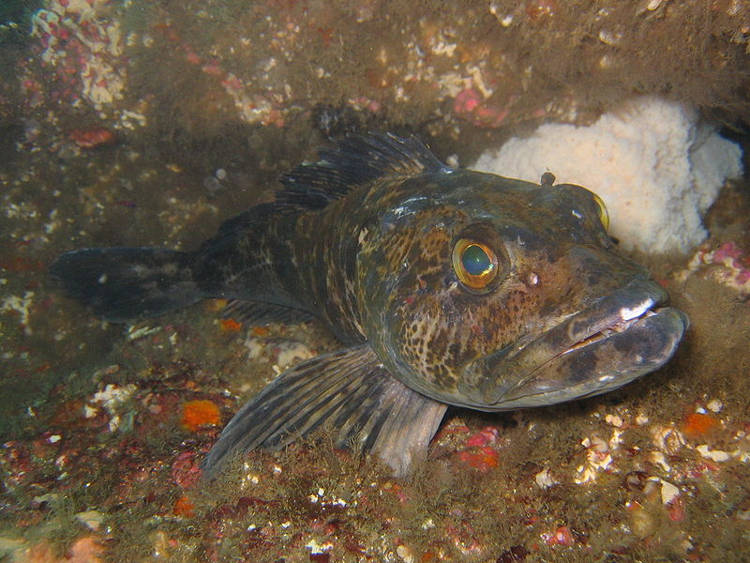
Scientists recently found that one of the world’s “toothiest” animals, the Pacific lingcod, keeps its 555 teeth razor-sharp by losing up to 20 of them every day and growing them right back. The Pacific lingcod (Ophiodon elongatus) is a carnivorous fish found in the North Pacific. You couldn’t tell just by looking at it, but […]
Family Shocked to Learn That Their 3-Month Husky Dog Is Actually a Fox

A Peruvian family whose pet dog started chasing and eating neighbors’ chickens and ducks were shocked to learn that their 3-month-old Husky was actually an Andean fox. Maribel Sotelo, a woman from the city of Comas, in Peru, had no choice but to call the Forest and Wildlife Service and ask for assistance with her […]
This 70-Year-Old Albatross Is the World’s Oldest Known Wild Bird

The world’s oldest known wild bird is a Laysan albatross named Wisdom that biologists first identified and banded in 1956. She is now at least 70-years-old and just hatched another chick. First banded in 1956, by biologist Chandler Robbins, who found her nest near a US navy base on the Midway Atoll that the world’s […]
Wild Sparrow Refuses to Leave the Human Couple That Raised Her
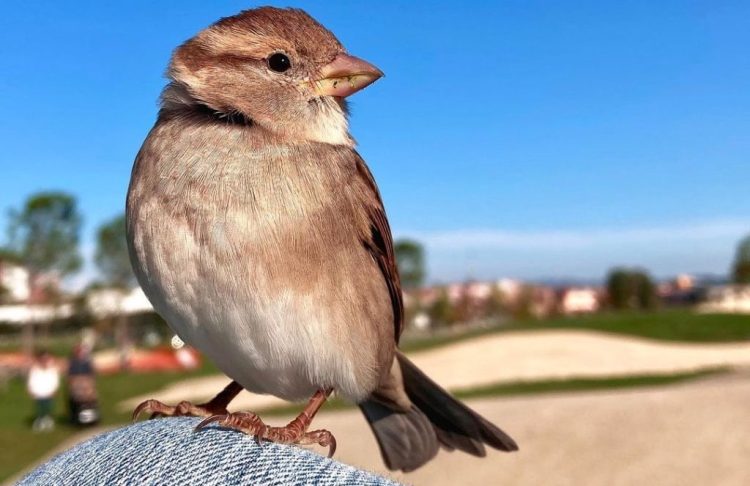
A young couple in Koper, Slovenia are the proud parents of a wild sparrow that refuses to leave their side, even though she always has the freedom to go anywhere she wants. Alesh and Janja, a young couple from Koper, in Slovenia, adopted their “child”, Chibi, when she was about 10-days-old. A friend of theirs […]
This French Bookstore Is a Cat-Lover’s Dream Come True

You know what a good book goes great with? Well, apparently cats, and this new bookstore in Aix-en-Provence, France is all the proof you need. Mon Chat Pitre opened its doors in June of this year, and it has already become somewhat of a local attraction in Aix-en-Provence, especially among cat lovers. It has a […]
Dog Learns to Walk Like a Human After Losing Leg in Accident

Dexter, a 6-year-old Brittany Spaniel dog, has become famous for his ability to adapt by learning to walk only on his hind legs, after losing one of his front legs in a car accident. Dexter hadn’t even turned 1-year-old when he broke out of his owners’ yard in Ouray, Colorado to follow a scent. Focused […]
This Giant Wasp Is Just a Harmless Moth in Disguise
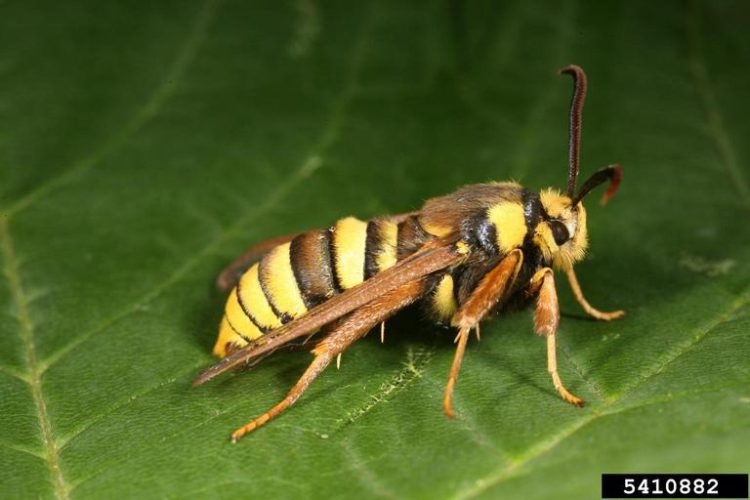
The European Hornet Moth (Sesia apiformis) looks terrifying at first glance, but its uncanny resemblance to a giant wasp is just an elaborate disguise meant to keep predators at bay. The hornet moth is a prime example of Batesian mimicry, a form of mimicry where a harmless species has evolved to imitate the look and/or […]
This Indian Temple Is Home to a ‘Vegetarian’ Crocodile

Sri Ananthapura temple in north Kerala’s Kasaragod district is allegedly home to a vegetarian crocodile named ‘Babiya’ who has been living there for over 70 years. Pictures of a large crocodile inside the Sri Ananthapadmanabha Swamy Lake Temple made international news headlines last year, boosting the small Hindu temple’s popularity. But in reality, this was […]
Devious Parasite Grants Host the Gift of Eternal Youth, But For a Price
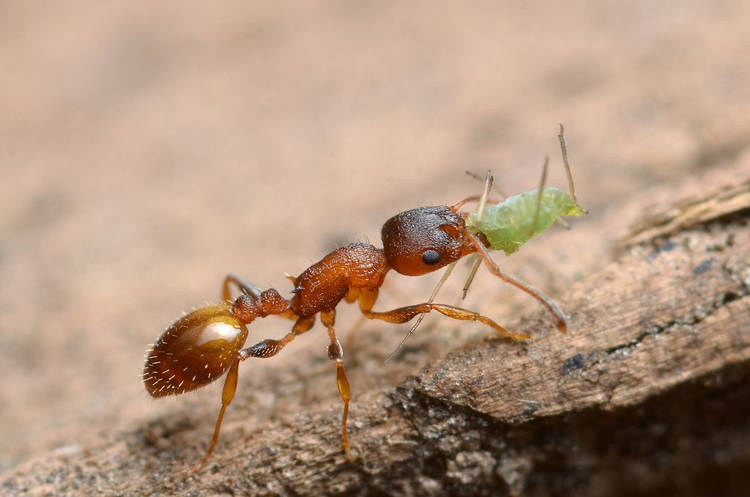
Scientists have discovered that Temnothorax ants infected by a certain tapeworm parasite can live at least three times longer than their uninfected peers while maintaining a youthful appearance and getting special treatment. A multi-year scientific study published in May of this year has revealed a phenomenon worthy of a science-fiction or fantasy blockbuster – a […]
The Surprising Love Story Between a Cow and a Leopard

Viral photos of a leopard and a cow cuddling somewhere in rural India tell the unique love story between two very unlikely friends. Cows and leopards are usually not the best of friends, with the latter sometimes preying on bovines to survive. However, you wouldn’t even be tempted to think that looking at a set […]
Caterpillar Wears Its Molted Heads as a Bizarre Multi-Tiered Hat
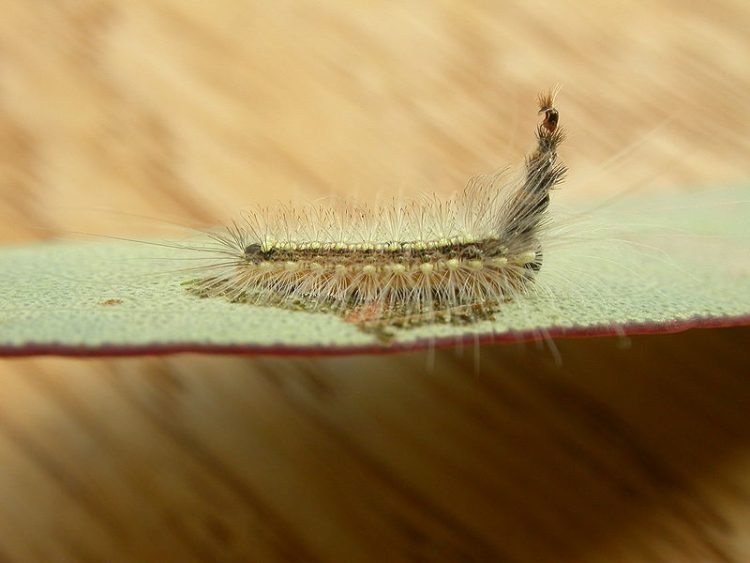
The caterpillar of the Uraba lugens moth is deserving of the nickname “Mad Hatterpillar”, as it stacks the heads of its molted exoskeletons into an intriguing headpiece. The Uraba lugens caterpillar molds up to 13 times while in its caterpillar phase, but it doesn’t shed all of its previous body parts. It uses some of the […]
Stray Canine Is Istanbul’s Most Popular Public Transport Commuter,

Boji, a stray dog from Istanbul, Turkey has become so familiar with the local public transportation system that he casually uses several means of transportation (bus, subway, train, and even the ferry) every day. Dogs using public transportation is not unheard of. Back in 2011, we wrote about Moscow’s impressive subway-riding dogs, and three years […]
World’s Loneliest Orca Has Been Living Alone in a Concrete Tank for Over 10 Years

Kiska, the last living killer whale at the Marineland marine park, has been dubbed the world’s loneliest orca after it was revealed that she has spent the last 10 years of her life alone in a concrete tank, with little to no stimulation. Orcas, dolphins, and whales are among the world’s most intelligent animals; they […]
This Slender, Pointy Fish Can Literally Stab People

You couldn’t tell by looking at its slender, rather frail frame, but the needlefish is one of the world’s most dangerous fish to humans, with multiple cases of injuries and even fatalities reported throughout the years. A member of the family Belonidae, the needlefish is a piscivorous species whose most distinctive feature is the long, […]
